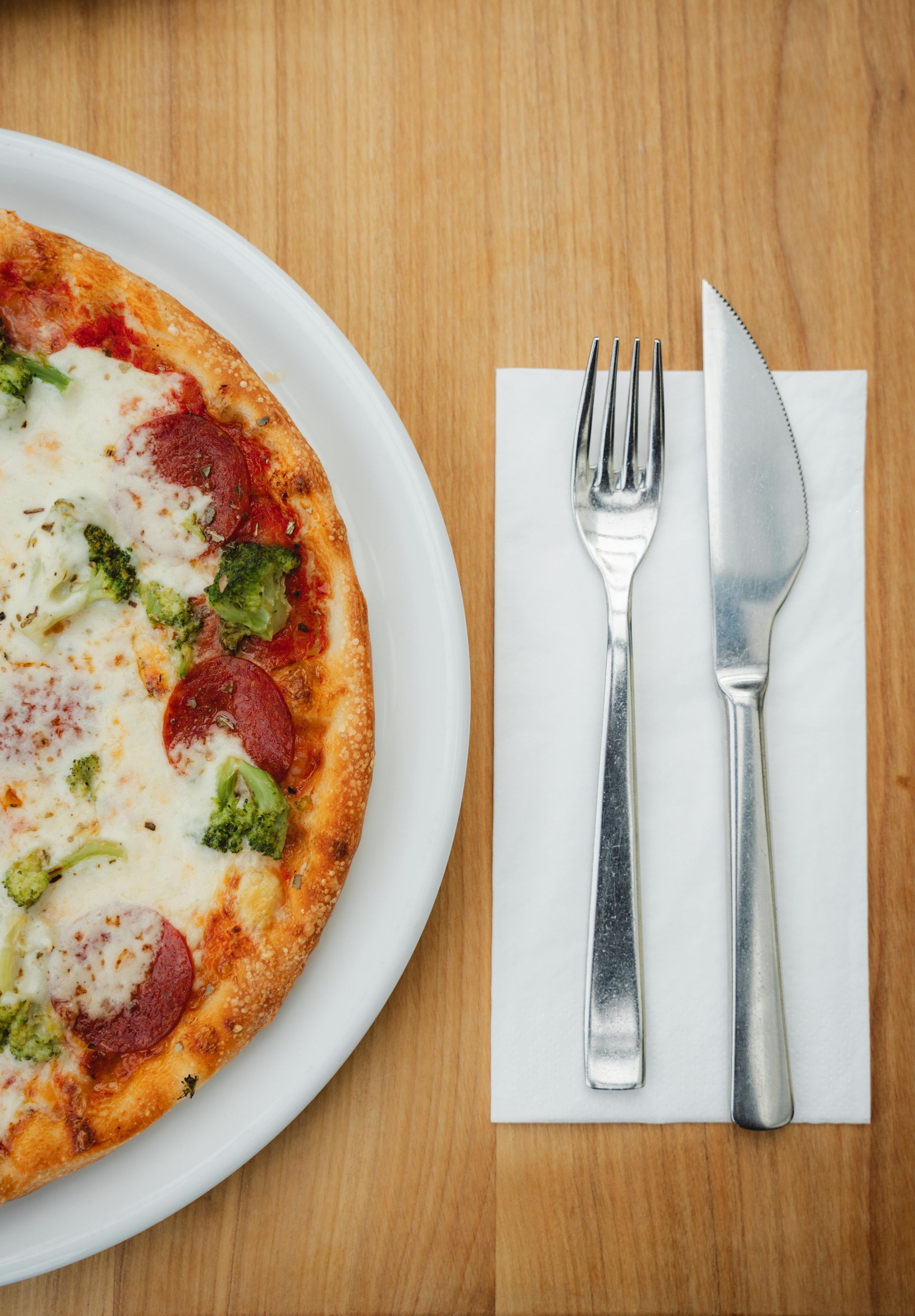Why Every Restaurant Owner Needs a Revenue Strategy—Now More Than Ever!
Why Revenue Strategy Matters

Running a restaurant today is about more than just serving great food—it’s about building a business that thrives, scales, and sustains profitability long-term. One of the most overlooked tools in achieving that success? A well-defined revenue strategy.
Why Revenue Strategy Matters
A revenue strategy is more than just a buzzword—it’s a clear indicator of your restaurant’s financial health. For small, independent restaurants, it’s especially crucial. Without one, you’re essentially flying blind. A strong revenue strategy opens up new paths for growth by allowing you to diversify your income streams and future-proof your business.
Revenue growth doesn’t have to be complicated. In fact, there are really only four ways to increase your revenue:
- Increase the number of customers
- Increase the average transaction size
- Increase the frequency of customer visits
- Raise your prices strategically
Let’s break down how these apply to the restaurant world and the six practical strategies that can drive your success.
1. Price with Purpose
Raising your prices isn’t just about offsetting costs—it’s about positioning. Done right, it can actually elevate your brand in the eyes of your guests. Whether it’s introducing a premium menu item, a chef’s tasting experience, or simply adjusting underpriced offerings, make sure your pricing reflects the value you provide.
2. Find New Customers—But Be Smart About It
Acquiring new customers is essential, but it can also be costly. The trick? Test everything. Try digital ads, loyalty referrals, local partnerships, pop-up events, or influencer promotions. Some will flop, and that’s okay. Keep what works and repeat it.
3. Sell More to Existing Guests
Your best customers are the ones already in the door. Upsell wisely—offer add-ons, drink pairings, or bundled meal deals. Loyalty programs and “VIP” experiences can also drive repeat visits and higher tabs.
4. Run Targeted Promotions
Got menu items that aren’t moving? Don’t just let them sit—move them with strategic discounts or limited-time offers.Promotions can turn slow sellers into surprise hits, especially when paired with smart marketing.
5. Create New Menu Offerings or Services
Think beyond your current menu. Could you introduce brunch service? A chef’s table? A catering line? Even slight twists on current items—like a limited seasonal variation—can be sold at a premium and keep things fresh for guests.
6. Enter New (Manageable) Markets
Expansion doesn’t always mean opening a second location. Sometimes, it’s as simple as offering meal kits, delivery in a new zone, or hosting pop-ups in neighboring towns. Keep it close and manageable, but don’t be afraid to test new waters.
Final Thought
Revenue doesn’t just happen—it’s built. And in the competitive world of food service, having a strategy behind your sales can be the difference between surviving and thriving. Whether you’re running a single location or looking to scale, these practical tactics can help you take control of your restaurant’s financial future—one dollar, one dish, and one decision at a time.
Hungry to grow? Start with strategy.








